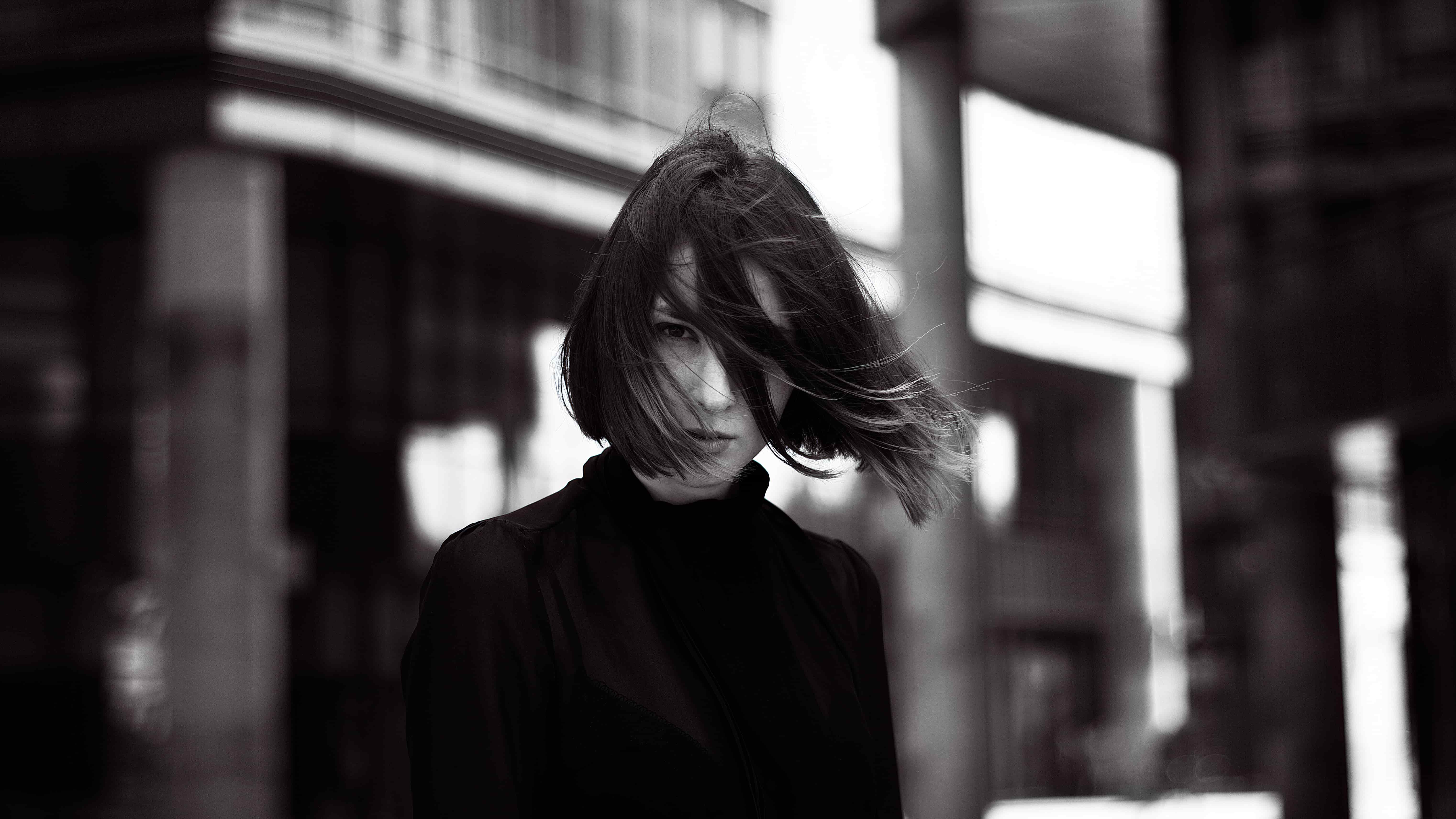你的購物車現在是空的!
Flower Symbolism in Egyptian Hieroglyphics
Flowers held profound symbolic meaning in ancient Egyptian culture, serving not only as decorative elements but as powerful religious and hieroglyphic symbols. The Egyptians observed the natural cycles of flora along the Nile and incorporated these observations into their complex system of writing and belief.
The Blue Lotus (Nymphaea caerulea)
Symbolism
The blue lotus, or sacred water lily, was perhaps the most revered flower in ancient Egypt. It represented:
- Rebirth and the sun: The flower opens at dawn and closes at dusk, mirroring the sun’s journey
- Creation: Associated with the sun god Ra emerging from the primordial waters
- Spiritual enlightenment and transcendence
Hieroglyphic Use
The lotus appears in the hieroglyphic sign sšn (seshen), representing the number 1,000 and symbolizing abundance. It frequently adorned temple columns, appearing as capitals that mimicked lotus buds and open blooms.
Religious Context
The blue lotus was sacred to Nefertem, the god of perfume and healing, often depicted wearing a lotus crown. The flower was also associated with the creation myth where the sun god emerged from a lotus bloom at the beginning of time.
The White Lotus (Nymphaea lotus)
Symbolism
While less prominent than its blue counterpart, the white lotus symbolized:
- Purity and divine beauty
- Upper Egypt: The white lotus was the heraldic plant of Upper Egypt
- Funerary customs: Often placed on mummies and in tombs
Cultural Significance
The white lotus complemented the papyrus plant (symbol of Lower Egypt), and together they represented the unified kingdom in the “sema-tawy” motif showing the binding of the two lands.
The Papyrus Plant (Cyperus papyrus)
Symbolism
Though technically not a flower, the papyrus umbel (flowering head) was crucial in Egyptian symbolism:
- Lower Egypt: The heraldic plant of the Nile Delta region
- Life and fertility: Growing abundantly in marshlands
- Youth and vigor: Associated with the goddess Wadjet
Hieroglyphic Representation
The papyrus appears in multiple hieroglyphic signs, including the single stem (representing the papyrus plant) and the papyrus thicket, which could signify “green” or “flourishing.”
Architectural Use
Papyrus columns dominated Egyptian temples, with capitals shaped like papyrus umbels in various stages of blooming, symbolizing the primordial marsh from which creation emerged.
The Mandrake (Mandragora officinarum)
Symbolism
The mandrake fruit and flowers represented:
- Love and fertility
- Aphrodisiac properties: Associated with romantic desire
- Protection: Often included in tomb offerings
Artistic Depictions
Mandrakes appear in tomb paintings, particularly in banquet scenes where they’re offered between lovers. The distinctive yellow fruits and purple flowers made them easily recognizable in artwork.
The Cornflower (Centaurea depressa)
Symbolism
This simple blue flower symbolized:
- Eternal life and regeneration
- Royal favor: Found in Tutankhamun’s tomb
Archaeological Evidence
Cornflowers appeared in funerary wreaths and garlands, particularly in royal burials. Their presence in the famous tomb of Tutankhamun highlighted their significance in ensuring safe passage to the afterlife.
The Poppy (Papaver rhoeas and related species)
Symbolism
Poppies represented:
- Sleep and peace
- Consolation in death
- Agricultural abundance
Usage
Red poppies appeared in garlands and offerings, their bright color and associations with the harvest making them appropriate for both celebratory and funerary contexts.
The Persea Tree Flowers (Mimusops laurifolia)
Symbolism
The sacred persea tree and its flowers symbolized:
- Eternal life and sustenance
- Divine knowledge: Associated with Thoth and Seshat
- Victory over evil: The tree protected against chaos
Religious Context
In the Book of the Dead, the deceased’s heart was sometimes depicted hanging on a persea tree. The tree was sacred to several deities and appeared in temple gardens.
Symbolic Functions in Daily Life
Offerings and Rituals
Flowers served multiple functions in Egyptian religious practice:
- Temple offerings: Fresh lotus blooms were presented daily to deity statues
- Personal devotion: Individuals wore flower garlands during festivals
- Funerary bouquets: Elaborate arrangements accompanied the deceased
Medicine and Perfume
Many flowers held both symbolic and practical value:
- Lotus petals were steeped for medicinal infusions
- Flower essences created precious perfumes
- Floral preparations aided in mummification
Social Status
The type and quality of flowers indicated social standing:
- Elaborate lotus crowns showed elite status
- Simple wildflowers appeared in humble offerings
- Royal bouquets contained rare imported blooms
Hieroglyphic Writing System
Phonetic Values
Some flowers functioned as phonetic signs:
- The lotus could represent sounds related to creation and divinity
- Floral determinatives clarified the meaning of plant-related words
Determinatives
Flowers served as determinatives (meaning indicators) in hieroglyphic writing:
- A lotus might follow words related to beauty, purity, or rebirth
- Papyrus indicated concepts of growth, marshland, or writing materials
Color Symbolism
The colors of flowers carried specific meanings:
- Blue: Divinity, the heavens, the Nile
- White: Purity, sacredness, light
- Red: Life force, energy, protection
- Yellow/Gold: Eternity, the sun, divine flesh
Regional Variations
Different regions emphasized different floral symbols:
- Upper Egypt: White lotus predominance
- Lower Egypt: Papyrus emphasis
- Memphis: Integration of both symbols in unity motifs
- Thebes: Elaborate lotus iconography in temple complexes
Florist guide
Flower symbolism in Egyptian hieroglyphics represents a sophisticated understanding of nature’s cycles and their connection to cosmic order (Ma’at). These botanical symbols wove through every aspect of Egyptian life, from monumental temple inscriptions to intimate funerary offerings, creating a rich visual language that communicated profound spiritual truths. The Egyptians’ reverence for flowers reflected their broader worldview where the natural and divine were inseparably intertwined, and where even the smallest blossom could convey messages of eternal significance.


